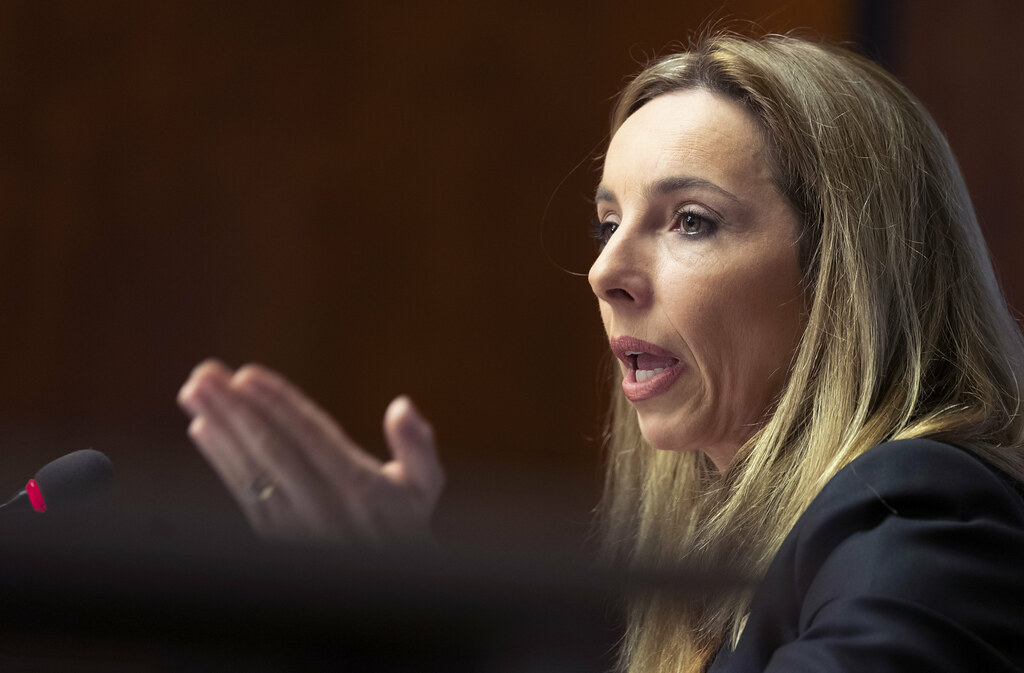Context:
According to a recent United Nations Population Fund (UNFPA) report, India’s population has reached an estimated 1.44 billion.
Report Overview:
India’s Population and Health Statistics
- The report, titled “Interwoven Lives, Threads of Hope: Ending Inequalities in Sexual and Reproductive Health and Rights”, also revealed that India’s population is expected to double in 77 years.
- India currently leads the world in terms of population, with an estimated 1.44 billion people, followed by China at 1.425 billion.
- 26% of the population falls within the 10-24 age group, highlighting the demographic dividend and the need for youth-focused policies.
- The last census conducted in India in 2011 recorded the population at 1.21 billion.
Progress in Maternal Health and Reproductive Rights in India
- Maternal Mortality Reduction: The maternal mortality ratio (MMR) saw a decline of 70% between 2000 and 2020, decreasing from 327 to 97 maternal deaths per 100,000 live births.
- Global Targets: India is on track to achieve the global Sustainable Development Goal (SDG) target of 70 maternal deaths per 100,000 live births before 2030.
- Maternal Healthcare Access: Nine out of 10 pregnant women in India opt for institutional deliveries, while eight out of 10 have the autonomy to make decisions about their health.
- Global Share: India’s share of global maternal deaths decreased from 26% in 1990 to 8% in 2020.

Sexual and Reproductive Health:
- Progress in sexual and reproductive health has primarily benefited wealthier women and certain ethnic groups.
- 25% of the women cannot refuse sex with partners, and 10% do not have the autonomy to make decisions about contraception.
- In 40% of countries, women’s bodily autonomy is diminishing.
Challenges and Inequalities:
- Unequal healthcare access: Healthcare improvements primarily benefit wealthier and privileged groups, exacerbating existing inequalities.
- Discrimination: Marginalized communities such as women with disabilities, migrants, ethnic minorities, LGBTQIA+ individuals, and disadvantaged castes face greater sexual and reproductive health risks due to discriminatory practices.
- Impact of external factors: Climate change, humanitarian crises, and mass migration further compound health disparities, disproportionately affecting marginalised women.
- Lack of legal protection: Dalit activists rue lack of legal safeguards in workplaces and education.
Way Forward:
- There is a need for sustained investment and global solidarity to address inequalities in sexual and reproductive health rights.
- While progress has been made, there is still much work to be done to ensure that every pregnancy is wanted and every childbirth is safe.
- There is a need for continued commitment to support India’s maternal health programs, particularly in states like Bihar, Madhya Pradesh, Odisha, and Rajasthan, where maternal mortality remains high.
UNFPA (UN Population Fund)
Established in 1969, it is a UN agency formerly known as the United Nations Fund for Population Activities. Its goal is to promote sexual and reproductive health.
Aim:
- Promote sexual & reproductive health & rights (family planning, safe motherhood, sex education).
- Reduce maternal mortality & achieve gender equality.
- Support population & development programs for sustainability.
UNFPA works directly to tackle the following Sustainable Development Goals SDGs:
- SDG 3 (Health): Reduces maternal mortality and promotes sexual & reproductive health services.
- SDG 4 (Education): Ensure inclusive and equitable quality education and promote lifelong learning opportunities for all
- SDG 5 (Gender Equality): Empowers women through education, healthcare, & fighting gender-based violence.
- SDG 10 (Reduced Inequalities): Addresses inequalities in access to sexual & reproductive health services.

